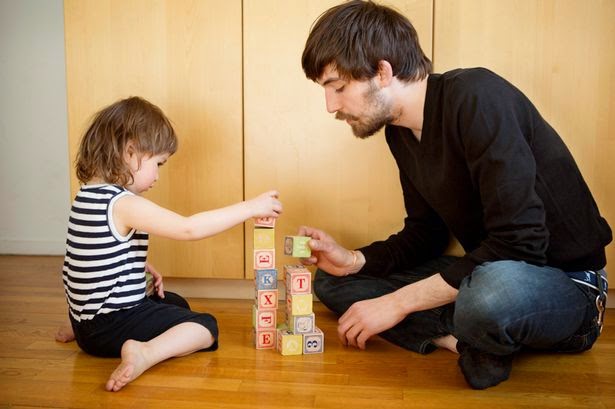What are the measures of creativity and how do we know
if a person is creative? According to
Ellis Paul Torrance (8th October 1915 – 12 July 2003), also known as
‘The Creativity Man’, there are four
measures of creativity: originality,
fluency, flexibility, and elaboration.
Originality is the ability to come out with new ideas. Artists produce original works of art, composers
produce original music pieces, poets write original poems, investors come out
with original inventions and students come out with original essays. Even teachers
do write original testimonials and reports.
Fluency is the ability to come out with lots of ideas whereas flexibility
is the ability to produce lots of different kinds of ideas. A fluently
creative person can produce hundreds of ideas, for example, on how to make
money, on the uses of a paper-clip and on designing a dress. With flexibility
not only can he think of ideas of the same kind but ideas of many different
kinds.
As
illustration, fluency in thinking of ways to get money include ideas such as
selling books, magazines, toys, cakes, drinks, flowers, bookmarkers, stamps,
coins, etc. Flexibility in thinking of ways to get money would include not only
selling all the items above but also exchanging the items, making various items
of sale, working for money, borrowing money, getting sponsors, soliciting
donations, organizing a fiesta, jogathon, walkathon, etc.
Elaboration is
the ability to get into fine and minute details as in drawing things in detail, describing incidents
at length and in explaining ideas and concepts in depth. A person who possesses
all four skills is more creative than one who does any one, two or three of the
skills of creativity. Do you have all four skills? If not, don’t be discouraged.
Remember: creativity is a talent we are all born with and it is also can be
learned and developed overtime. You are creative!
Lord, Give
Us Today Our Daily Idea(s)






















